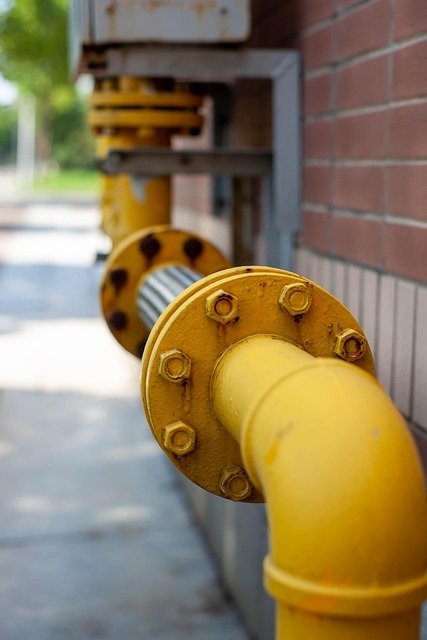Water Pump Selection Guide
Submersible pumps operate underwater for deep well extraction and flood control. Critical specifications include maximum head height (feet), flow rate (GPM), and sediment tolerance. Materials like stainless steel or thermoplastic determine corrosion resistance in different water conditions. Installation requires voltage compatibility checks and proper sealing to prevent electrical hazards.

Understanding Pump Types for Different Applications
Water pumps come in several distinct categories, each designed for specific uses. Centrifugal pumps excel in high-flow applications like municipal water systems and industrial cooling. Positive displacement pumps, including reciprocating and rotary designs, provide consistent flow rates ideal for precise chemical dosing and food processing. Submersible pumps operate underwater for well systems and drainage applications, while jet pumps work effectively for shallow wells and residential water supply.
Evaluating Performance Curves and Technical Specifications
Performance curves illustrate the relationship between flow rate, head pressure, and efficiency. Head pressure represents the vertical distance water can be lifted, while flow rate indicates volume moved per unit time. These specifications help determine if a pump meets specific requirements:
-
Total Dynamic Head (TDH)
-
Net Positive Suction Head (NPSH)
-
Best Efficiency Point (BEP)
-
Power consumption
-
Maximum flow rate
Material Selection for Challenging Environments
Pump material selection significantly impacts longevity and performance, particularly in corrosive or abrasive conditions. Common materials include:
Cast Iron: Suitable for clean water applications
Stainless Steel: Resistant to corrosion, ideal for chemical processing
Bronze: Excellent for marine environments
PVDF and other plastics: Highly chemical resistant for aggressive fluids
Pump System Components and Configuration
A complete pump system includes various components beyond the pump itself. Essential elements comprise:
-
Suction and discharge piping
-
Valves and controls
-
Seals and gaskets
-
Motors and drives
-
Monitoring instruments
Performance Monitoring and Maintenance Considerations
Regular monitoring ensures optimal pump operation and helps prevent failures. Key parameters to track include:
-
Operating pressure
-
Flow rates
-
Power consumption
-
Vibration levels
-
Temperature
-
Seal condition
Common Pump Applications and Specifications
| Application Type | Recommended Pump | Key Specifications | Typical Flow Range |
|---|---|---|---|
| Residential Water | Jet Pump | 1-2 HP, 115/230V | 5-20 GPM |
| Industrial Process | Centrifugal | 5-50 HP, 460V | 50-500 GPM |
| Chemical Transfer | Mag Drive | PVDF Construction | 1-100 GPM |
| Wastewater | Submersible | Solids Handling | 10-200 GPM |
Prices, rates, or cost estimates mentioned in this article are based on the latest available information but may change over time. Independent research is advised before making financial decisions.
Installation and System Integration
Proper installation significantly affects pump performance and longevity. Critical factors include foundation design, pipe support, alignment, and electrical connections. System integration requires careful consideration of control systems, monitoring equipment, and backup provisions to ensure reliable operation under various conditions.
Successful pump selection combines thorough analysis of application requirements, operating conditions, and system specifications. Regular maintenance and monitoring help ensure optimal performance throughout the pump’s service life.




